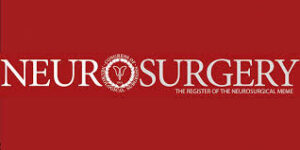More than 200 million American adults and children participate in organized physical activity. Growing awareness has highlighted that concussion, especially when repeated, may be associated with prolonged neurological, cognitive, and/or neuropsychiatric sequelae. Objective diagnosis of concussion remains challenging. Although some concussion symptoms may be apparent even to nonmedical observers, diagnosis and removal from play for evaluation depend on validated assessment tools and trained, vigilant healthcare personnel. Over the past 2 decades, sideline concussion measures have undergone significant revision and augmentation to become more comprehensive batteries in order to detect a wide spectrum of symptomatology, eg, neurocognitive function, postconcussive symptoms, gait/balance, and saccadic eye movements. This review summarizes the current state-of-the-art concussion evaluation instruments, ranging from the Sports Concussion Assessment Tool (SCAT) and tools that may enhance concussion detection, to near-term blood-based biomarkers and emerging technology (eg, head impact sensors, vestibulo-ocular/eye-tracking, and mobile applications). Special focus is directed at feasibility, utility, generalizability, and challenges to implementation of each measure on-field and on the sidelines. This review finds that few instruments beyond the SCAT provide guidance for removal from play, and establishing thresholds for concussion detection and removal from play in qualification/validation of future instruments is of high importance. Integration of emerging sideline concussion evaluation tools should be supported by resources and education to athletes, caregivers, athletic staff, and medical professionals for standardized administration as well as triage, referral, and prevention strategies. It should be noted that concussion evaluation instruments are used to assist the clinician in sideline diagnosis, and no single test can diagnose concussion as a standalone investigation.

